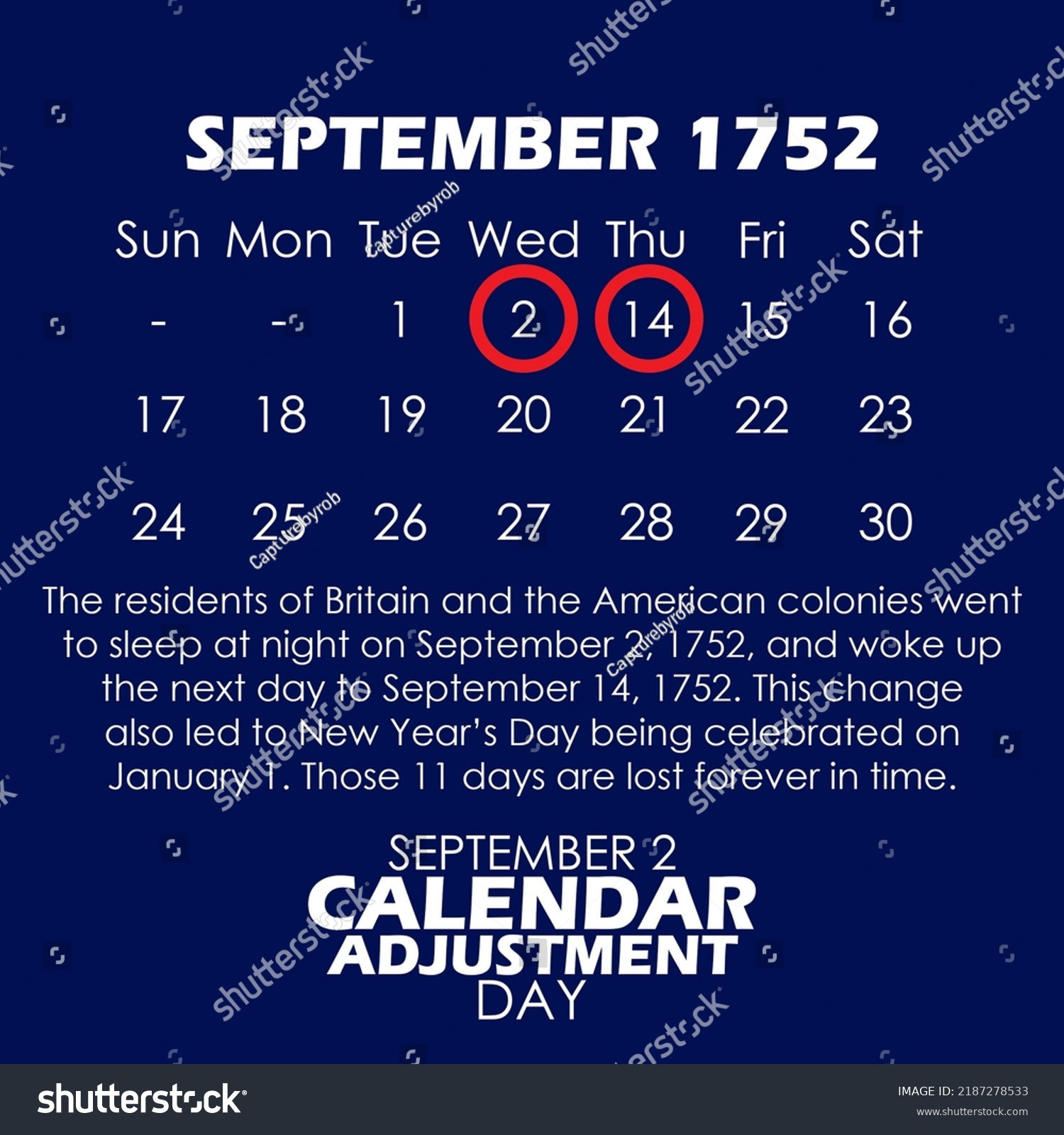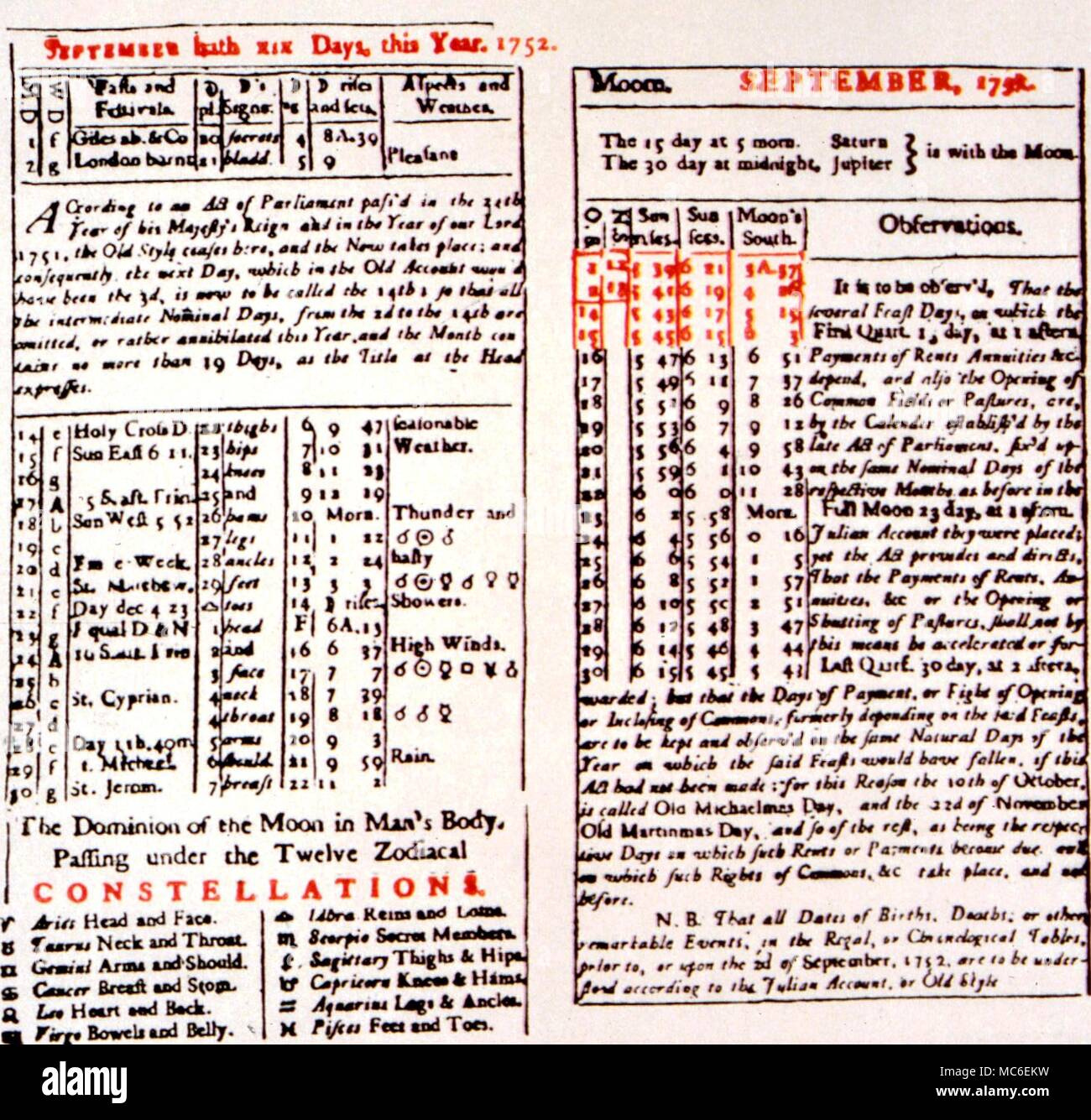1752 September Month Calendar – Unleash the power of strategic planning with a 1752 September Month Calendar. This tool offers a comprehensive view of your schedule, enabling better decision-making. Imagine the relief of always being prepared. Transform your routine today with a Printable Calendar!

Step into September: A Journey through the 1752 Calendar
Ah, September! The month of new beginnings, changing leaves, and pumpkin-spiced everything. But what if I told you that stepping into September in the year 1752 was a whole different experience? That’s right, dear reader, buckle up as we take a journey through the quirky calendar changes of 1752 and explore how our ancestors marked time in a way quite different from our modern Gregorian calendar.
Welcome to the September of 1752!
Imagine waking up on September 2, 1752, only to realize that the next day is not September 3, but September 14! That’s right, in 1752, the British Empire and its colonies transitioned from the Julian calendar to the Gregorian calendar, causing 11 days to be skipped to align with the rest of Europe. This adjustment was made to correct the discrepancies that had accumulated over centuries due to the Julian calendar’s slightly inaccurate leap year system.
Despite the confusion and backlash from some people who felt cheated out of 11 days of their lives, the transition to the Gregorian calendar was necessary for maintaining accuracy in timekeeping. It was a bold move that marked a significant shift in how people around the world measured time and organized their schedules. So, as we step into September in the 1752 calendar, let’s embrace the change and appreciate the historical significance of this seemingly peculiar adjustment.
Exploring the Quirky Calendar Changes
In addition to skipping 11 days in September 1752, another quirky calendar change introduced in the transition to the Gregorian calendar was the adjustment to the leap year rule. Under the Julian calendar, every fourth year was a leap year, adding an extra day in February. However, the Gregorian calendar refined this rule by excluding century years not divisible by 400 from being leap years. This minor tweak ensured greater accuracy in aligning the calendar year with the solar year, making our calendar system more precise and reliable.
As we delve deeper into the calendar changes of 1752, it’s fascinating to see how the evolution of timekeeping reflects humanity’s continuous quest for understanding and mastering the concept of time. From ancient sundials to modern atomic clocks, our methods of measuring time have evolved alongside our understanding of the universe. So, as we navigate the quirks and intricacies of the 1752 calendar, let’s marvel at the ingenuity of our ancestors and the legacy they have left behind in shaping the way we perceive time.
Embracing the Past, Celebrating the Present
As we bid farewell to our journey through the 1752 calendar, let’s take a moment to appreciate the rich tapestry of history that has woven the fabric of time around us. While the quirks and adjustments of the past may seem strange or even comical at times, they serve as reminders of our shared human experience and the continuous march of progress. So, as we step into September of the present day, let’s carry with us the lessons learned from our journey through the 1752 calendar and celebrate the beauty of time in all its complexities.
In conclusion, the journey through the 1752 calendar offers us a glimpse into a world where time was measured differently, yet the essence of marking the passage of days remained unchanged. As we navigate the twists and turns of history, let’s remember that time is a precious gift that connects us to our past, present, and future. So, whether you find yourself in September of 1752 or September of today, embrace the journey, cherish the moments, and step boldly into the ever-changing tapestry of time.



RELATED FREE PRINTABLES…
Copyright Notice:
Every image displayed on this website has been sourced from the internet and holds copyright under their original owners. If you have copyright over any of these images and wish for its removal, please contact us.